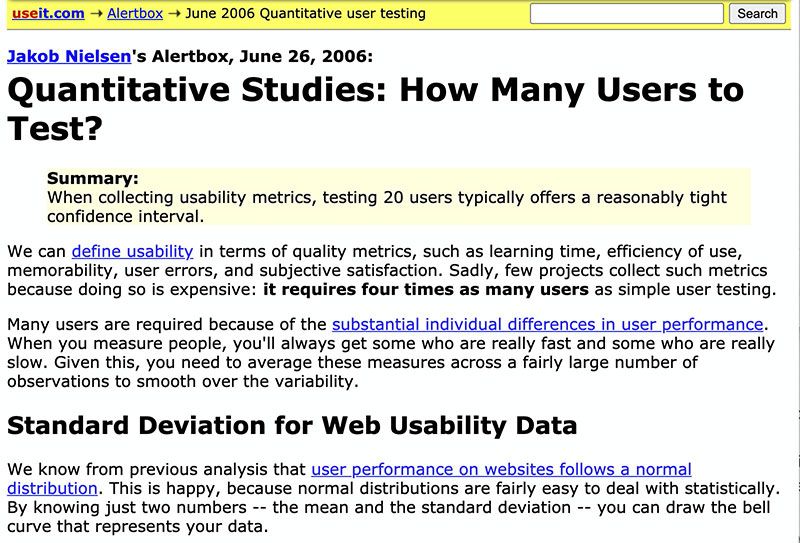A is for Accessibility
A personal take on the rich subject of the open and accessible web.
My education in design came through an interest in illustration, typography & photography, and reading about art. I learned to code as a matter of necessity, as I wanted to publish the work of the artists and musicians I knew on the web (tools for user-generated content/publishing weren't especially common in the mid '00s).
Gradually the two became my main focus of activity, and eventually the work I do for a living. Somewhere in between these two stages I found the writing of Jakob Neilsen, and the theory of the accessible and inclusive web. This was a time of peak Flash (2006), and Jakob's site, particularly the "Alertbox", was the antithesis of the slick and shiny websites that were being thrust into the web, both in style and execution.

Jakob's writing was thorough, but his message was simple — the web needs to work for everybody, regardless of their cognitive ability, or the hardware and software they choose to use. There was also an important message in the stripped back approach to Jakob's site design, the web doesn't need to be loud to communicate effectively.
Jump forward a decade or so, and I was fortunate to see a talk by Léonie Watson, a web engineer specialising in the fields of web standards, accessibility and inclusive design. Being partially sighted, Léonie relies on a screen reader to access the web, and uses her expertise to write, teach and to contribute to the development of the accessible web. Léonie's talk was a reminder that the web isn't just a tool for visual publishing, it must communicate in a way that is universal to all.
What have I learned from the teachings of Jakob Neilsen and Léonie Watson (and the countless others that have written and talked on the subject)? What does accessibility mean to a person like me?
I am by no means an authority on the subject of accessibility, but I understand that the quality of the work I do is defined by the ability for it to communicate across the web. Unfortunately in 2021, accessibility on the web is, more often than not, treated as an afterthought; at best a checklist, at worst an obstacle to producing work.
The web is a tool for communication, and if we can't communicate with everyone then we are failing. Anything else is superficial, and should be treated as such.
Articles covering acessibility and the inclusive web
Accessibility guidelines for UX Designers (Avinash Kaur, UX Collective)
How to create content that works well with screen readers (Léonie Watson for gov.uk)
Web Content Accessibility Guidelines (WCAG) Overview (W3C)

Ian Jones is a designer and developer based in the UK. Currently working as a freelancer, he also dedicates time to independent and personal projects, as well as mentoring and teaching.